In most offenses there are off-ball screens that take place designed to get players open. With an off-ball screen there are four basic cuts off the screen to counter the type of defense that is being played. Coaching and teaching high school players, I will say most players will struggle to read the defender and make the right cut off of it. However, there will be one or two that will be able to read it and these players will always find themselves getting open due to the reading of the screened defender. The biggest key to making these cuts work is getting the offensive screener to read their teammate and make the right move after the screen to keep the offense from stopping.
For instance, take the flex offense. The corner man cuts to the block off a flex screen. The top man comes down and sets a screen for the flex screener. The flex screener then goes to the top and the down screener goes out to the corner. If the players can read the defense and make the right cut to get open because of it then the other two teammates must read this and fill in the spot the cutter was supposed to go fill to begin with.
So same flex offense but if the corner man reads the defense and sees his man go under the flex screener then he can read and adjust his cut to an up cut. The flex screener reads the up cut and turns to create a down screen affect. The down screener reads the up cut and changes his screen from the flex screener to the corner man cutting now up and not across. This leads to a double down screen and the corner man should be wide open coming up the lane to the top of the floor. Now the two screeners have to fill in spots. The flex screener having seen the up cut and turns to down screen, now cuts across the lane to fill in the block that has been vacated and the down screener still down screens and goes out into the corner. The same spots have been filled so the offense can continue if a shot is not taken off the cut.



Here is the visuals for the above describe situations. In the picture on the left the flex screen takes place in a normal rotation of the flex offense. However, in the 2nd picture, the cutter(2 man) reads his defender go underneath the screen so the 2 man stops his cut and runs an up cut. The 4 man adjusts his screen from the 5 man to the up cut of the 2 man. This should give the 2 man a wide open 3 on the pass from the 1. If a shot is not taken then the 4 and 5 should adjust their movement to the up cut. In this case, the last picture shows the movement of the 4 and 5. The 5 cuts across the lane to the other side of the lane and the 4 cuts out to the corner. This will leave the offense to continue with the 3 man making a flex cut using a screen from the 5. When everybody is on the same page, this allows variation within an offense without stopping an offense when a cut is made by reading the defense.
Here is the four types of cuts followed by the description of each cut.
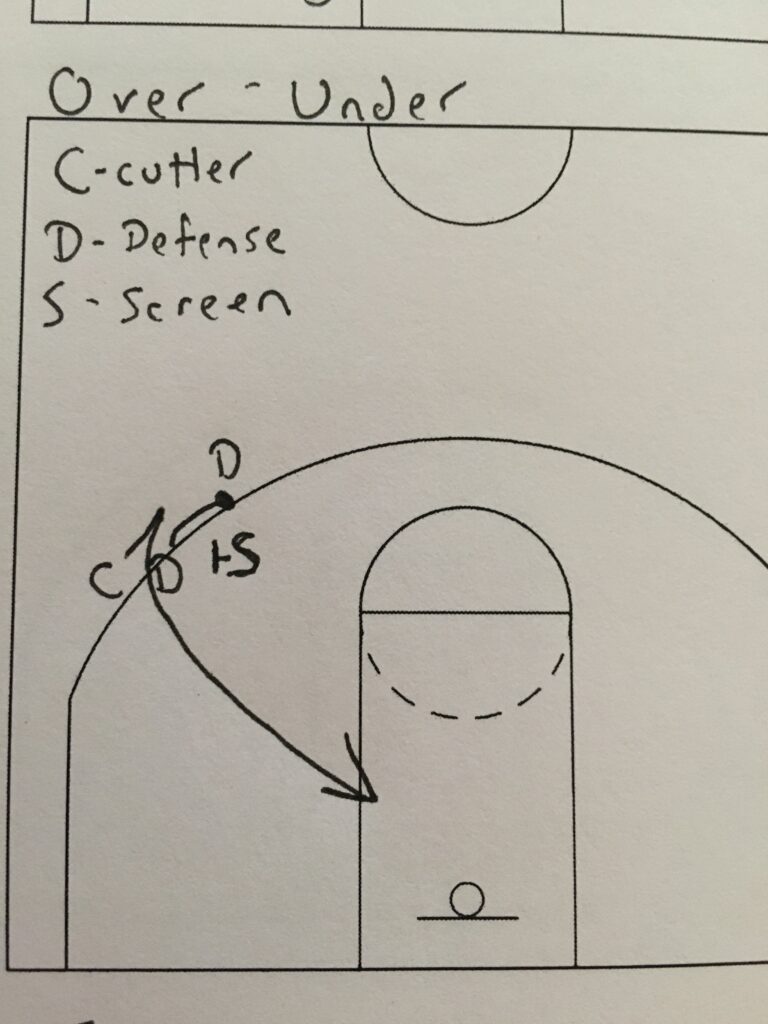
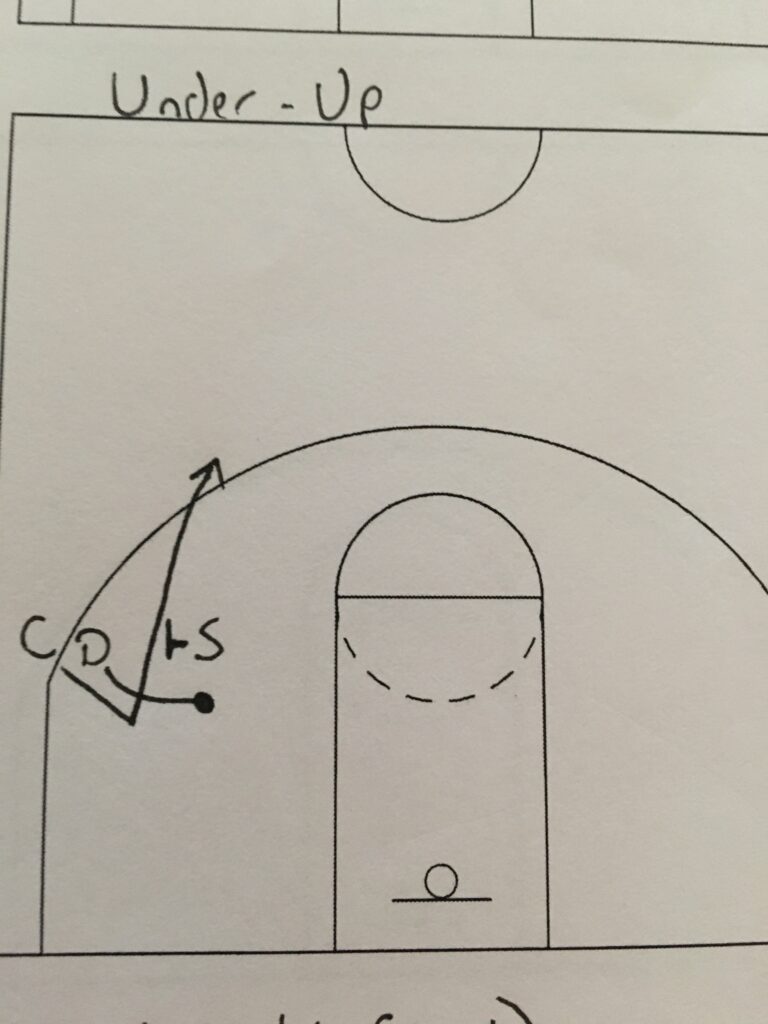


1) Over-Under
The first cut is what I call an over-under. This is when the defender moves over the top of the screener to try and stop the cut as it is being made. As soon as the defender moves over the top then the cutter should immediately cut under the screen straight to the basket. The screener can stay in place or turn into a back screen position as the cutter cuts underneath the screen. If done correctly then the cutter should be open on the cut to the basket.
2) Under-Up
The second cut is the under-up. I already talked about this cut a little bit in the introduction. This is where the defender goes under the screener to meet the cutter on the other side of the screen. The cutter should read the defender going under the screen and cut up the floor. Again the screener can stay still or turn to create a natural down screen. This up cut works really well in flex screens. If read correctly then the elbow shot or elbow extended 3 pointer will be wide open with a correctly timed up cut.
3)Trail-Tight (Curl)
The third cut is what I call a trail-tight. A call it a tight cut but most everybody calls it a curl cut. This tight cut or curl cut is done when the defense is trailing the cutter. For instance, I will teach my defense to trail or chase a really good shooter. This is where the defender gets right behind the shooter so the screener will have to move in order to make contact with the defender which would create an illegal screen.
To counter this the shooter should use a tight or curl cut. As the cutter is coming onto the screener then the cutter immediately cuts right to the basket staying as close to the screener as possible to create a natural rub of the defender while not forcing the screener to move. So the offense stays in legal positions and contact while the defense gets into a bad guarding position.
The second time I use the tight cut is against a defense who is switching screens. I will have the cutter run a tight cut off the screen and the screener will then pop out off of the tight cut. Depending on the defense the tight cut will be open if the original screener defender does not get deep enough. Or the screener will be open on the pop because his defender is now the person who he originally set the screen on. The hardest part about a tight cut is getting the players with the ball to be able to read the tight cut and make the pass early enough for the cut to be effective.
4) In-Out (Flair)
The last cut is the flair. If the defense does a really good job at jumping around the off-ball screen early to meet the cutter on the other side of the screen then the counter is the flair cut.
The cutter comes right up to the screener and then explodes right back where the cut started from. The screener reads the flair and sets a flip screen to pin the defender on the inside of the defense. When done correctly the flair will get open shots all the time.
However, at the high school level as a defensive philosophy I do not cover flair screens except on scouted quick hitters. If the opposing team has a flair cut within the offense, we do nothing different to defend it. Especially if the flair is a read. The reason for this is the passer. In order for the flair cut to be effective the passer must read the screen at the same time as the cutter. The ball must be passed as the cutter is moving back to where they came from so the defense does not have time to recover. And then the cutter coming out of the flair must be able to stop their momentum moving away from the basket, catch the ball, and finally take a shot with their body still possibly fading away from the basket.
Now the region where I am coaching does not produce many college level players. In my time coaching, I have only seen/scouted one player who could consistently make a shot coming off of a flair screen. That team also had one player who could read the flair cut and deliver the ball on time for the shot to be open. So we had to prepare for that cut only when the passer had the ball and the shooter was using a screen. Outside of that tandem, I do not spend time on the flair screen. Below the high school level, I have not seen a player be able to accurately shoot a shot off a flair cut. It takes a lot of body control and strength to shoot a flair cut shot. While this cut can be really effective if used correctly, it is a very hard shot for most all high school players.

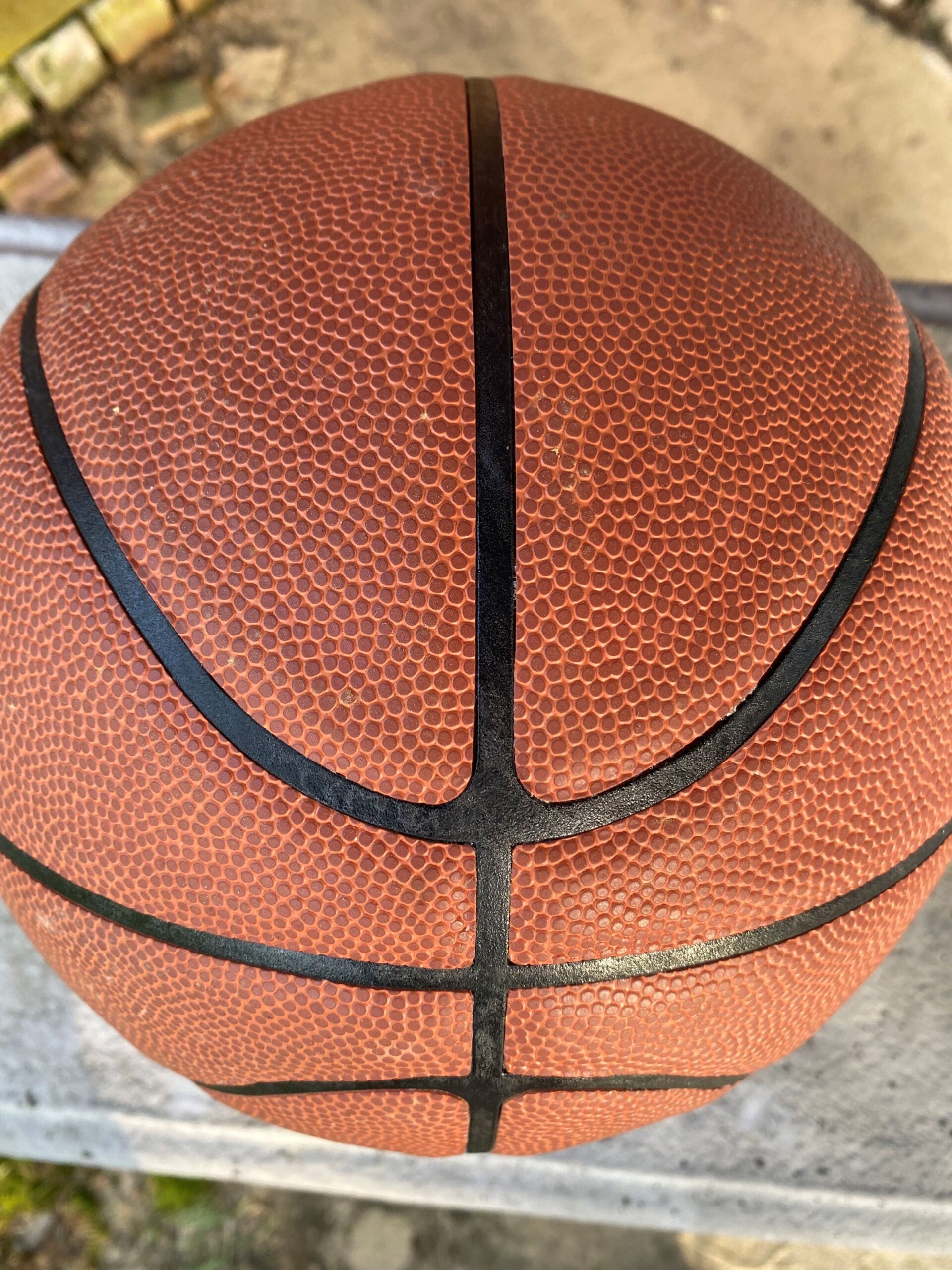
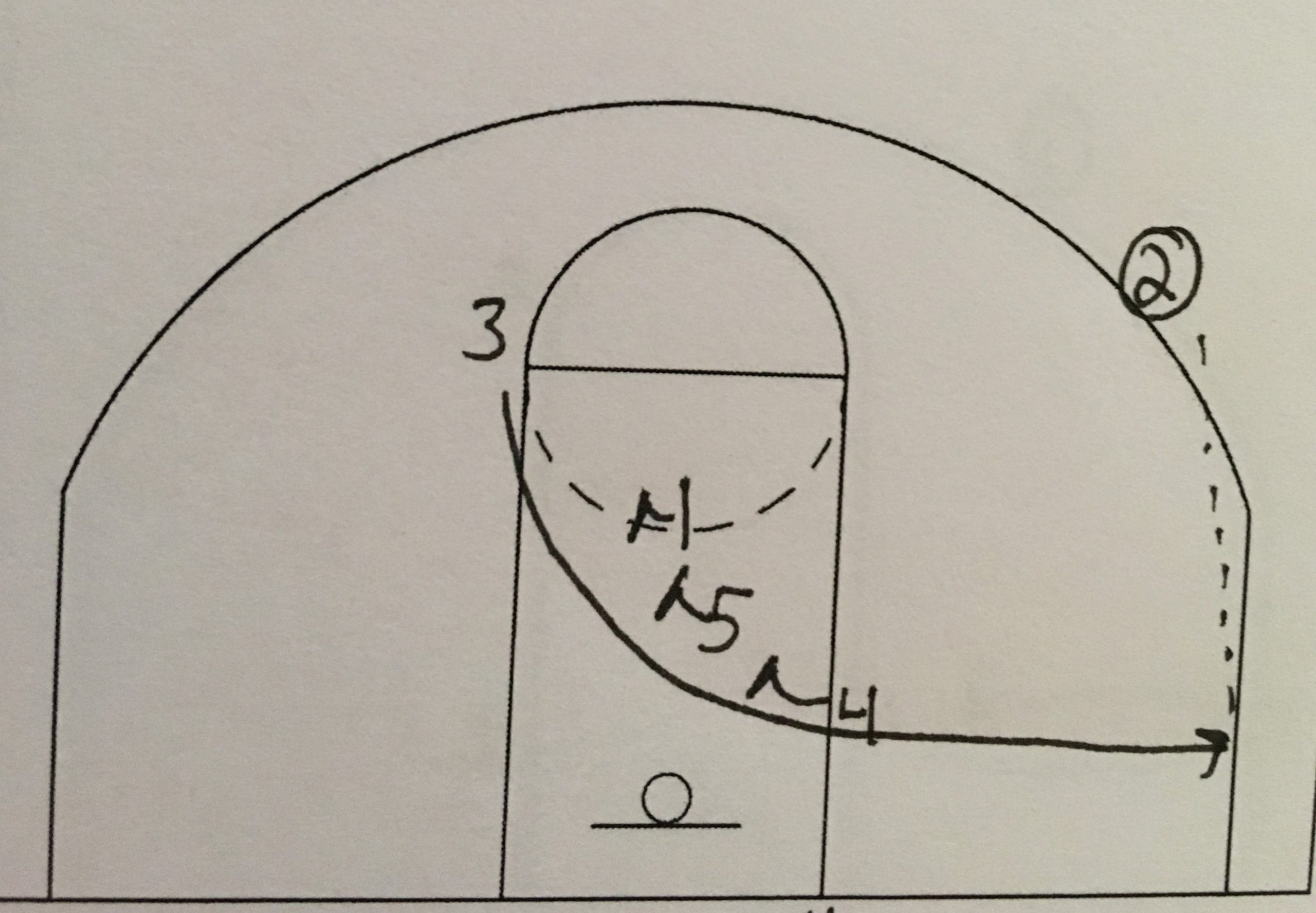
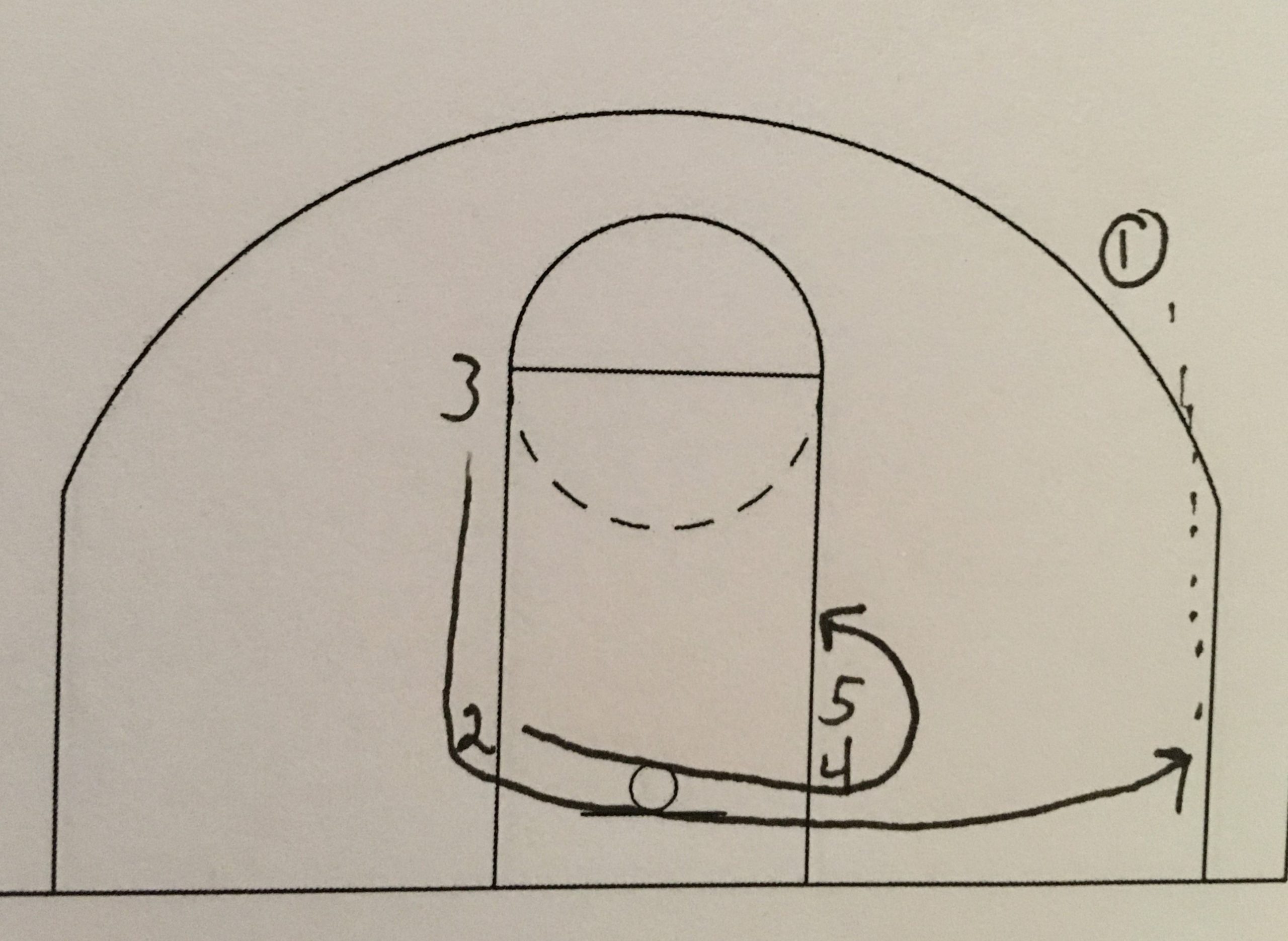
9 thoughts on “4 Cuts off of a Screen”